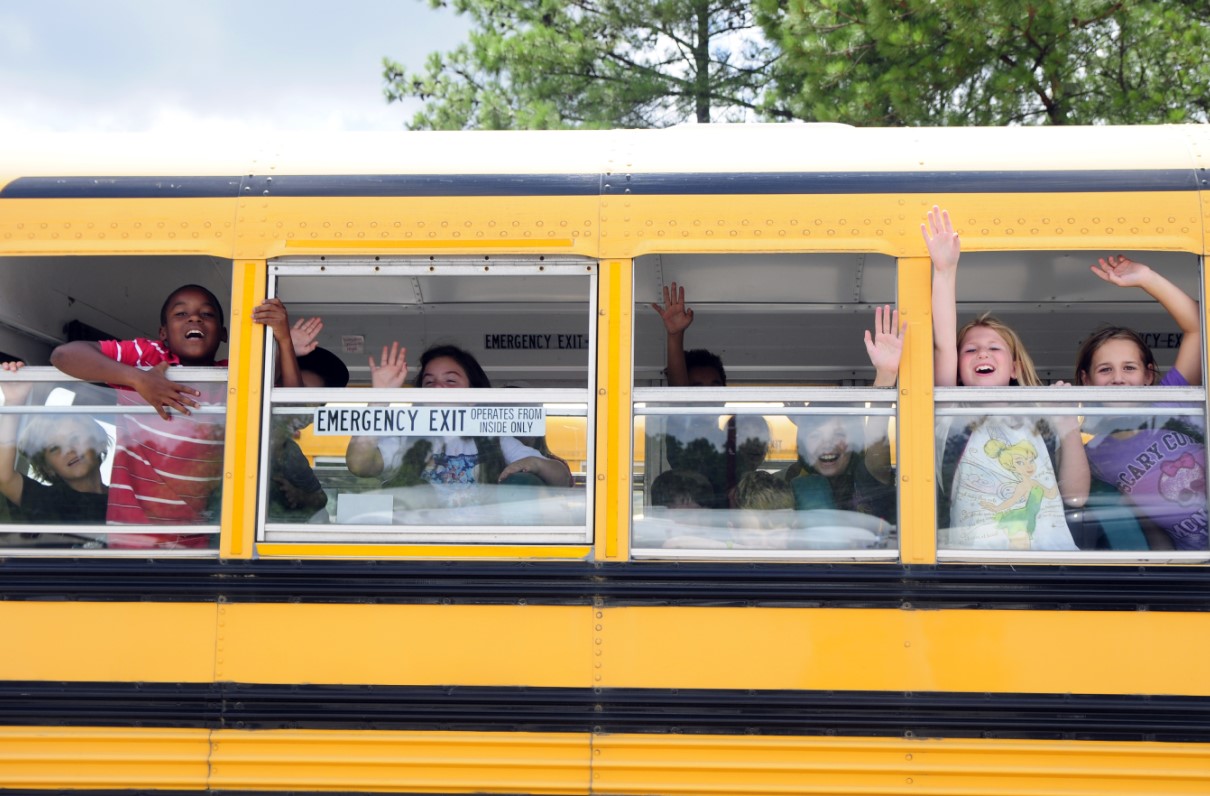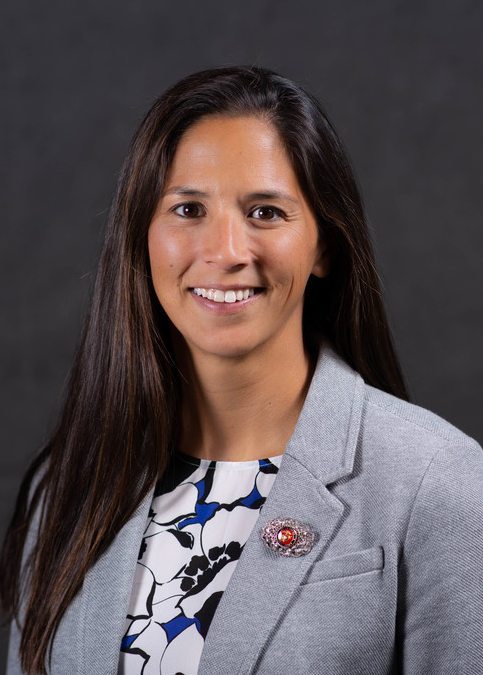Over 1 million military-connected children of active duty families and over 443,000 school-age children of National Guard and Reserve families attend public schools across the nation. Children in military families face unique challenges unparalleled in the general student population. On average, these students will change schools six to nine times before graduating, which is more than three times as often as their nonmilitary counterparts.
The Defense-State Liaison Office (DSLO) works with state policymakers to change laws and policies to improve military family well-being. Eight regional liaisons assist state policymakers by providing educational information and identifying “best practices” to guide decision-makers. Three of DSLO’s 2022 Key Issues focus on improving policies surrounding K-12 military-connected children.
[MOAA WEBINAR: Learn More About DSLO and State-Level Advocacy]
Here’s a look at those issues and what they mean for military families:
Purple Star Schools Program
Relocating to a new school following a PCS move brings unique challenges. The Purple Star Schools Program, developed in 2016, is designed to help schools respond to the educational and social-emotional challenges military students face upon entering a new school. This state-sponsored program designates schools as military friendly when they demonstrate major commitments to military students and families. This includes activities such as:
- Designating school staff as a point of contact for military students and families.
- Requiring professional development for staff assigned as a point of contact for the military.
- Designating a page on the school website featuring resources and information for military students.
DSLO continues to work with states to encourage local education agencies to implement practices that assist military children with school transitions/deployments and recognize the value of military service and civic responsibility.
Advanced Enrollment
As military families move, especially if the move is near the beginning of a school year, students are often limited in their school and course registration options. Generally, a physical address in a school district is required to register a student. With 185,000 military children moving between schools annually, advanced enrollment provides opportunities for registration prior to moving to a new duty station.
This process lets military students know the school they are attending and their class schedules in advance of a move, relieving stress during a difficult transition. Additionally, advanced enrollment benefits school districts by reducing the need to make projections regarding future student population. There are 24 states that have passed the advanced enrollment policy, and DSLO continues to work with state lawmakers to increase this number.
Open Enrollment Flexibility
Lengthy waitlists for installation housing and lack of affordable options in some areas have led families to seek temporary lodging or to set up residence in RV parks. As a result of these temporary housing situations, school and district options for military students can be limited. Open enrollment flexibility is a range of supportive policies states can implement to increase and improve military families’ access to existing inter- and intra-district transfer programs.
Many schools have existing open enrollment policies; DSLO is working to encourage schools and districts to include language in these policies specifically acknowledging military students. Within this key issue is “placement stability,” which ensures military students can remain in their current school despite changes in residence subsequent to a PCS move.
MOAA appreciates the ongoing efforts of DSLO to achieve its goal of all 50 states supporting these initiatives; MOAA will continue to track DSLO’s progress and advocate on military family support programs at the federal level. If you have questions about their efforts, you can reach out to your regional liaison.
Additionally, the DoD-operated School Liaison Program offers an array of services and resources to support parents, children, schools, and the surrounding community. School liaison officers are located at each installation and serve as the primary point of contact for issues including transition support, alternative schooling, special education support and referrals, and deployment support.
OCONUS Student Support
While DSLO works to improve legislation at the state level, the Department of Defense Education Activity (DoDEA) has developed a range of support for military families posted outside the continental U.S. DoDEA’s strategic plan, the Blueprint for Continuous Improvement, has four primary focus areas:
- Improving instruction
- Organizational performance and accountability
- Recruitment, development, and retention of a talented workforce
- Building capacity to implement and sustain core initiatives
If you are preparing for a move or would like to learn about other educational options, Military OneSource is a great place to start. You can reach them online or call 1-800-342-9647.
MOAA Knows Why You Serve
We understand the needs and concerns of military families – and we’re here to help you meet life’s challenges along the way. Join MOAA now and get the support you need.

